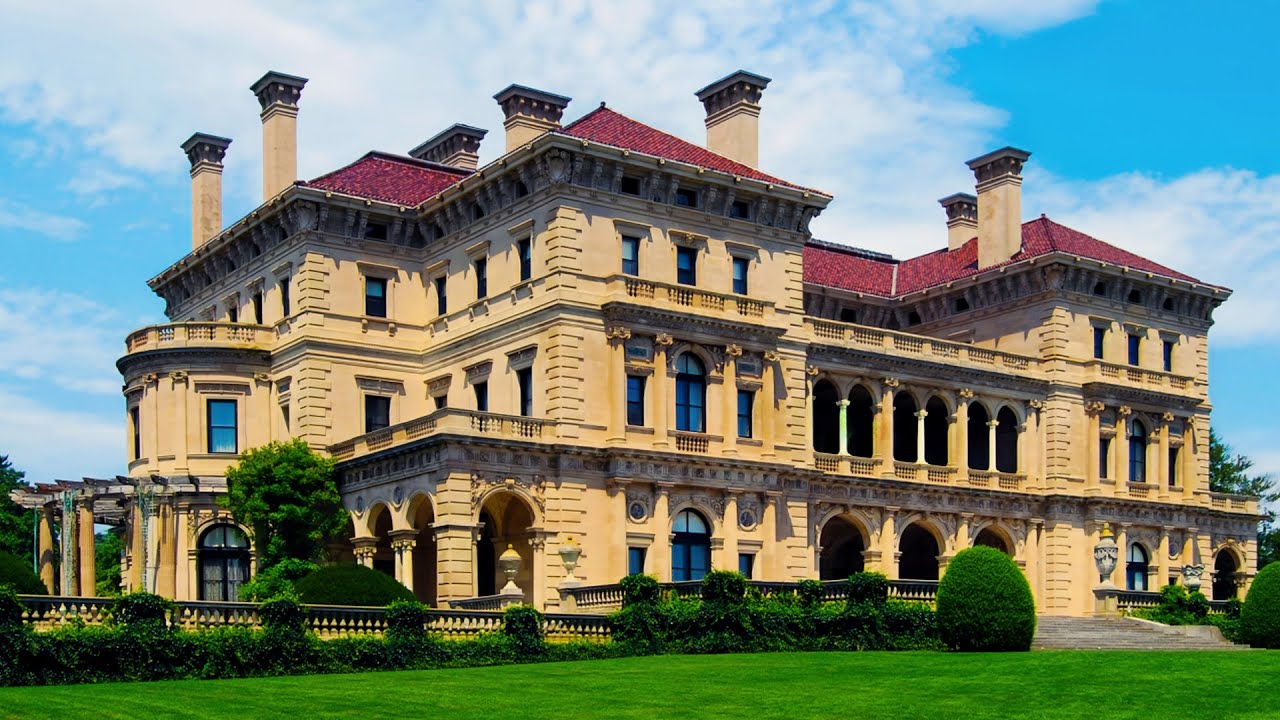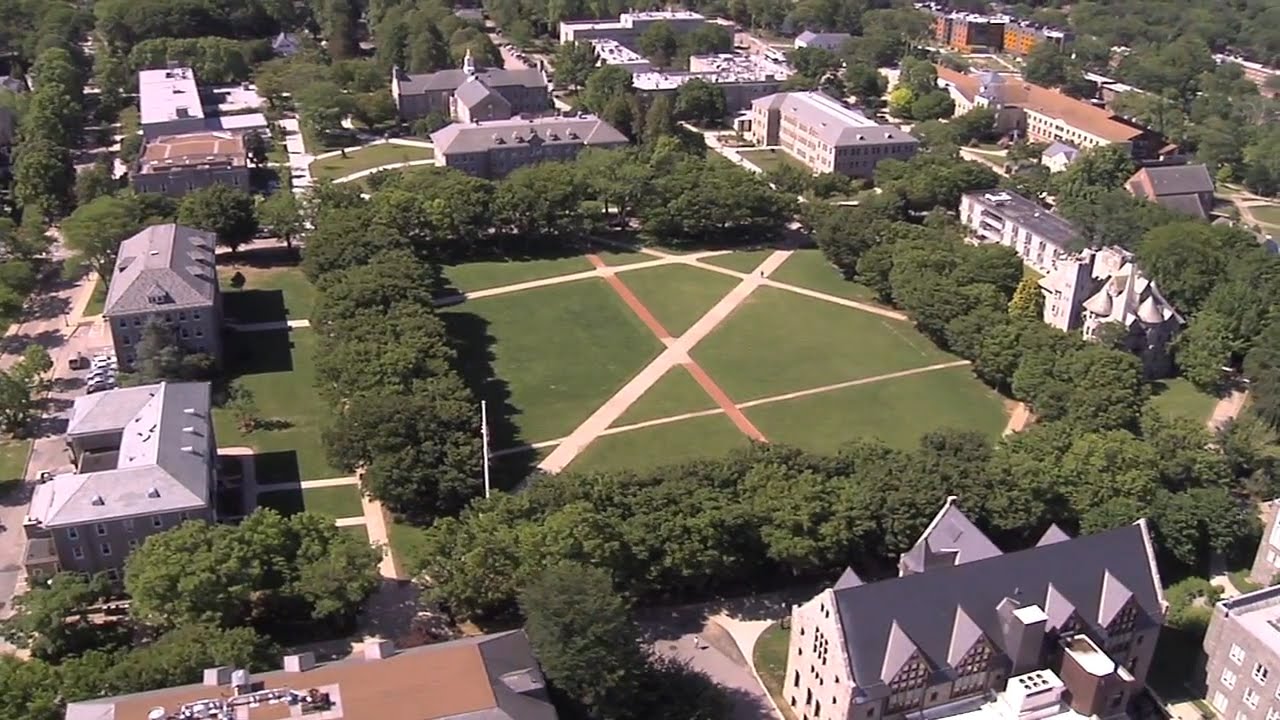Introduction to the Breakers in Newport, Rhode Island
The Breakers in Newport, Rhode Island, is a remarkable estate that has captivated visitors for over a century. This stunning mansion, situated on Ochre Point Avenue, is a symbol of the Gilded Age and stands as a testament to Newport’s grandeur during the late 19th and early 20th centuries. Built for the Vanderbilt family, the Breakers has become an iconic landmark, attracting tourists from around the world.
Historical Significance of the Breakers Estate
The Breakers holds immense historical significance, reflecting the opulence and extravagance of the American elite during the Gilded Age. Constructed between 1893 and 1895, this mansion was commissioned by Cornelius Vanderbilt II, the grandson of the renowned industrialist and philanthropist, Cornelius Vanderbilt. It served as a summer residence for the Vanderbilt family, who were among the wealthiest families of their time.
The Magnificent Architecture of the Breakers
The Breakers showcases an exquisite blend of architectural styles, primarily influenced by the Italian Renaissance and French classical architecture. Designed by architect Richard Morris Hunt, the mansion features an impressive facade adorned with intricate details and elaborate ornamentation. Its grandeur is further accentuated by its commanding location overlooking the Atlantic Ocean.
Construction Period of the Breakers in Newport
Construction of the Breakers commenced in 1893 and was completed in 1895, taking a total of two years. The extensive construction process involved a significant workforce and the utilization of state-of-the-art techniques and technologies of the time. The construction period itself was a testament to the wealth and resources invested in creating this grand estate.
Architects and Builders of the Breakers Mansion
The Breakers owes its magnificent design to the renowned architect Richard Morris Hunt. Hunt, a prominent figure in the world of architecture, was responsible for the design and layout of the mansion. Additionally, the renowned firm Peabody & Stearns served as the supervising architects, overseeing the construction process with meticulous attention to detail.
The Vanderbilt Family’s Role in Building the Breakers
The Vanderbilt family played a pivotal role in the construction of the Breakers. Cornelius Vanderbilt II, along with his wife Alice, personally oversaw the project. They were deeply involved in the decision-making process, ensuring that their vision for the mansion was realized. Their immense wealth and social standing allowed them to spare no expense in creating an opulent and prestigious summer residence.
Influences and Inspirations for the Breakers Design
The Breakers draws inspiration from various architectural styles prevalent during the Gilded Age. Hunt’s design specifically incorporates elements of Italian Renaissance architecture, taking cues from the grand palazzos of Florence and Venice. French classical influences are also evident in the mansion’s symmetrical layout and ornate details, reminiscent of the Château de Chambord in France.
Materials Used in Constructing the Breakers Estate
The construction of the Breakers required an array of high-quality materials sourced from around the world. The exterior facade is primarily comprised of Indiana limestone, chosen for its durability and aesthetic appeal. The interior boasts intricate woodwork, with mahogany, walnut, and oak being prominent choices. The mansion’s opulent interiors feature imported marble, mosaic tiles, and luxurious fabrics, further exemplifying the Vanderbilt family’s taste for luxury.
Engineering Marvels of the Breakers in Newport
Aside from its architectural splendor, the Breakers is also an engineering marvel. The mansion boasts cutting-edge features for its time, including electric lighting, central heating, and an advanced ventilation system. These technological advancements were considered revolutionary during the late 19th century, further highlighting the Vanderbilt family’s desire for modern comfort and convenience.
Evolution and Renovations of the Breakers Over Time
Since its construction, the Breakers has undergone several renovations to ensure its preservation and adapt to changing times. In the 1940s, the mansion was converted into a museum, allowing the public to appreciate its grandeur and historical significance. Over the years, careful restoration work has been carried out to maintain its original splendor while also addressing structural issues and improving accessibility.
Public Access and Preservation of the Breakers
The Breakers is open to the public and managed by the Preservation Society of Newport County, a nonprofit organization dedicated to preserving and showcasing Newport’s historic landmarks. Through guided tours, visitors can explore the meticulously restored rooms, marvel at the opulent interiors, and gain insights into the Vanderbilt family’s lavish lifestyle. The preservation efforts ensure that future generations can continue to appreciate this architectural gem.
Impact of the Breakers on Newport’s Tourism Industry
The Breakers has had a significant impact on Newport’s tourism industry. The mansion attracts thousands of visitors annually, both domestic and international, who come to admire its grandeur and soak in the Gilded Age ambiance. Tourism revenue generated by the Breakers and other historic sites in Newport contributes to the local economy, supporting businesses and employment opportunities in the region. Moreover, the mansion’s cultural and historical importance has helped put Newport on the map as a must-visit destination for history enthusiasts and architecture aficionados alike.





